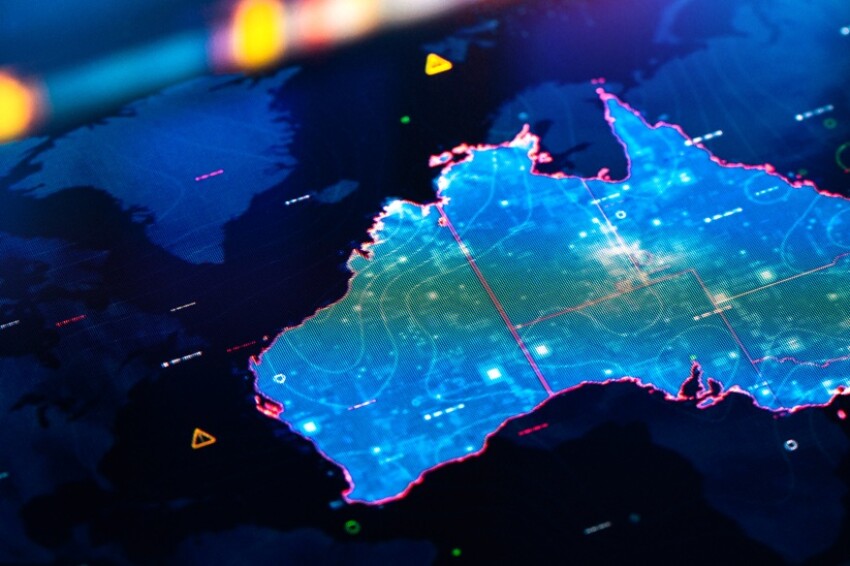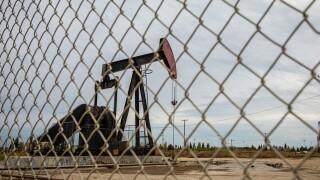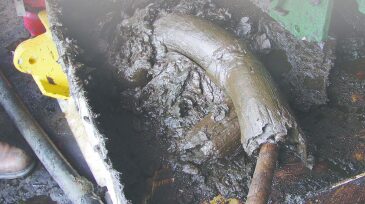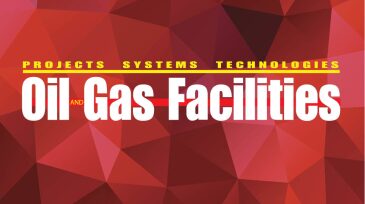Onshore/Offshore Facilities
Estimates commissioned by the Australian government suggest that increasing efficiency will lower costs for decommissioning offshore Australia.
This paper introduces an AI-driven digital fencing system designed to boost security in oil and gas fields. The main objectives are to improve security and safety of oil and gas facilities while addressing the limitations of legacy physical barriers, reducing false alarms, and eliminating the dependability on the grid in favor of renewable energy.
The contract will cover the design and manufacturing of tree systems, flexible flowlines, a manifold, and controls, as well as installation of the subsea production system.
-
The world's first full-scale subsea gas compression system is the final stages of construction and is on schedule to be installed in the Åsgard gas field offshore Norway by year's end.
-
In recent years, an unprecedented upsurge in offshore field-development activity has been driven largely by the corresponding sustained surge in oil price on world markets.
-
Vibration-induced fatigue failures of pipework smallbore connections result in elevated safety risks and costly interruptions to normal operations. A common cause is poor design. This article discusses design considerations to avoid these failures.
-
This paper focuses on the applicability of subsea processing technology employing multiphase pumps to develop marginal fields commercially. Analytical methods were used to evaluate the pumps, and the results were validated through case studies in specific fields.
-
As environments become more challenging, the importance and complexity of flow assurance has evolved. To effectively manage flow assurance, oil and gas operators must take a holistic approach, particularly when working in deepwater offshore environments.
-
The growing amount of heavy crude processed worldwide has created additional separation challenges, leading some operators to turn to alternative technologies. In some cases, electrocoalescence has been an effective tool to separate oil from water.
-
Expenditure is forecast to increase more than operational days because of the move toward deeper waters and more complicated offshore field development programs, which demand higher specification, higher cost ROVs.
-
A recent webinar focused on hydrocyclones and their application for offshore oil and water separation. The discussion includes fundamental science, practical considerations, implementation and field experience.
-
Robotic submarines, capable of operating by themselves thousands of feet underwater for months or perhaps years at a time, are under development as the vanguard of tomorrow’s subsea oil and gas fields.
-
Industry perceives decommissioning projects as more risky and uncertain than capital projects. Several recent decommissioning projects delivered in an immature marketplace seem to support this view.













